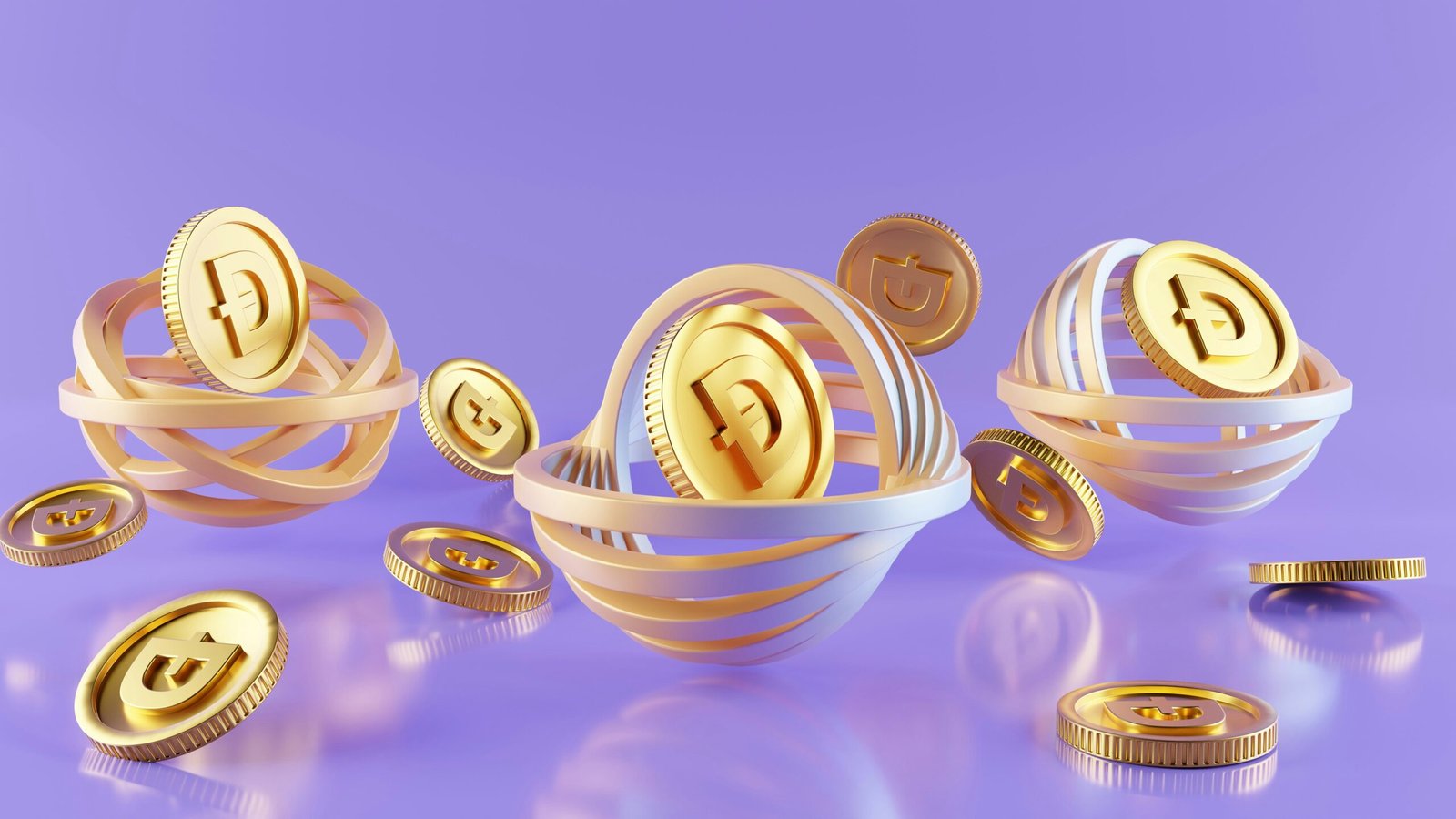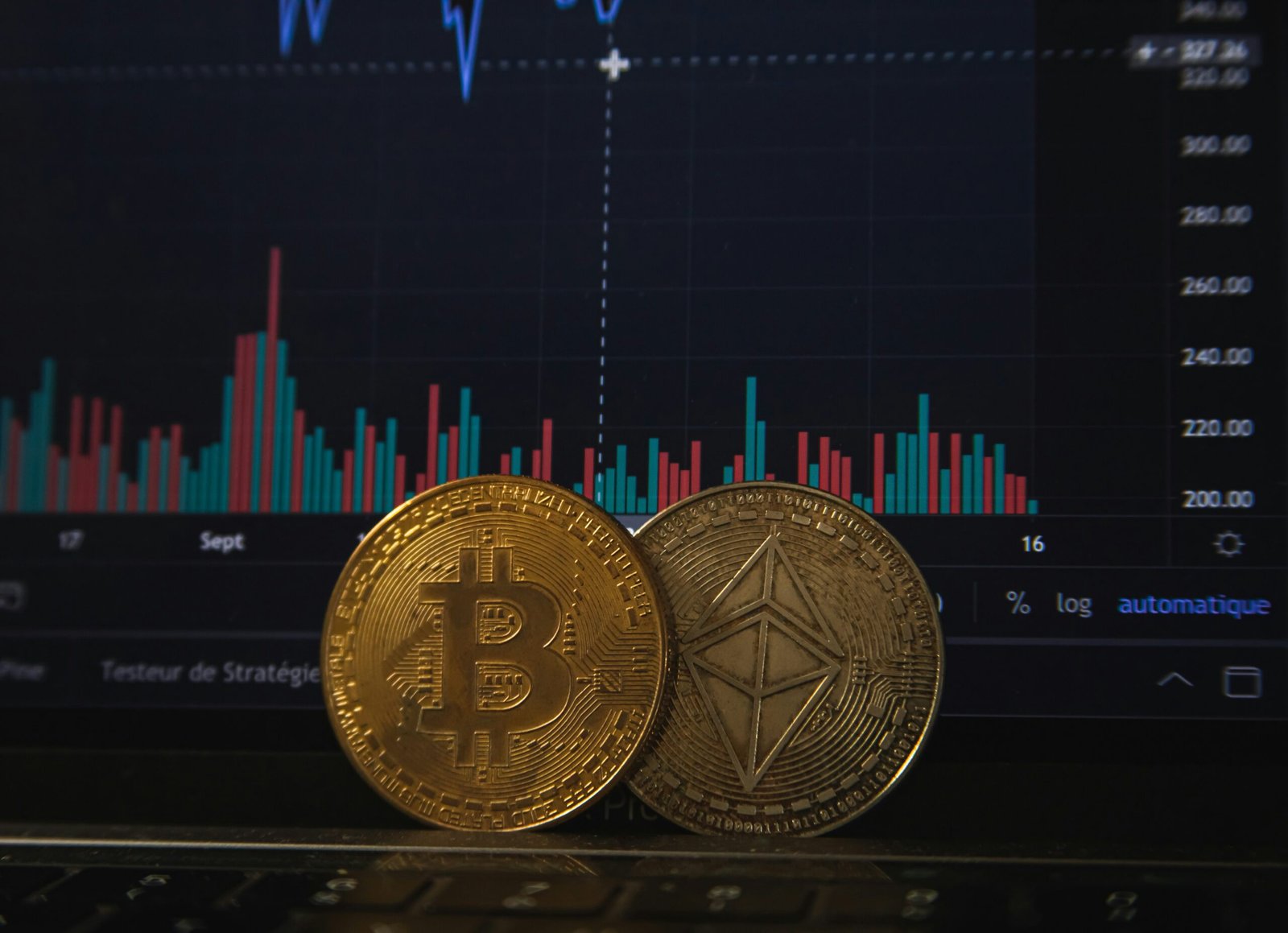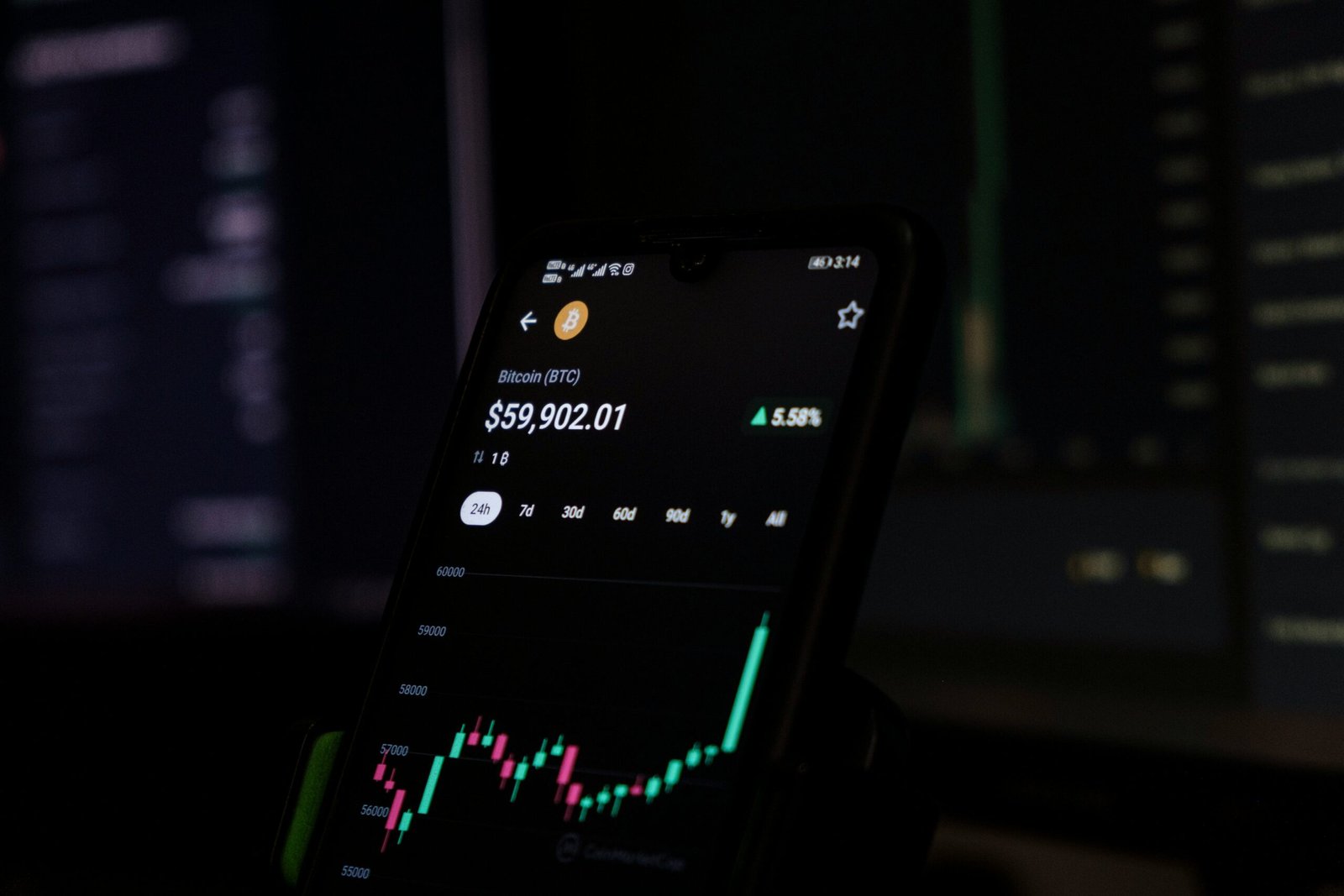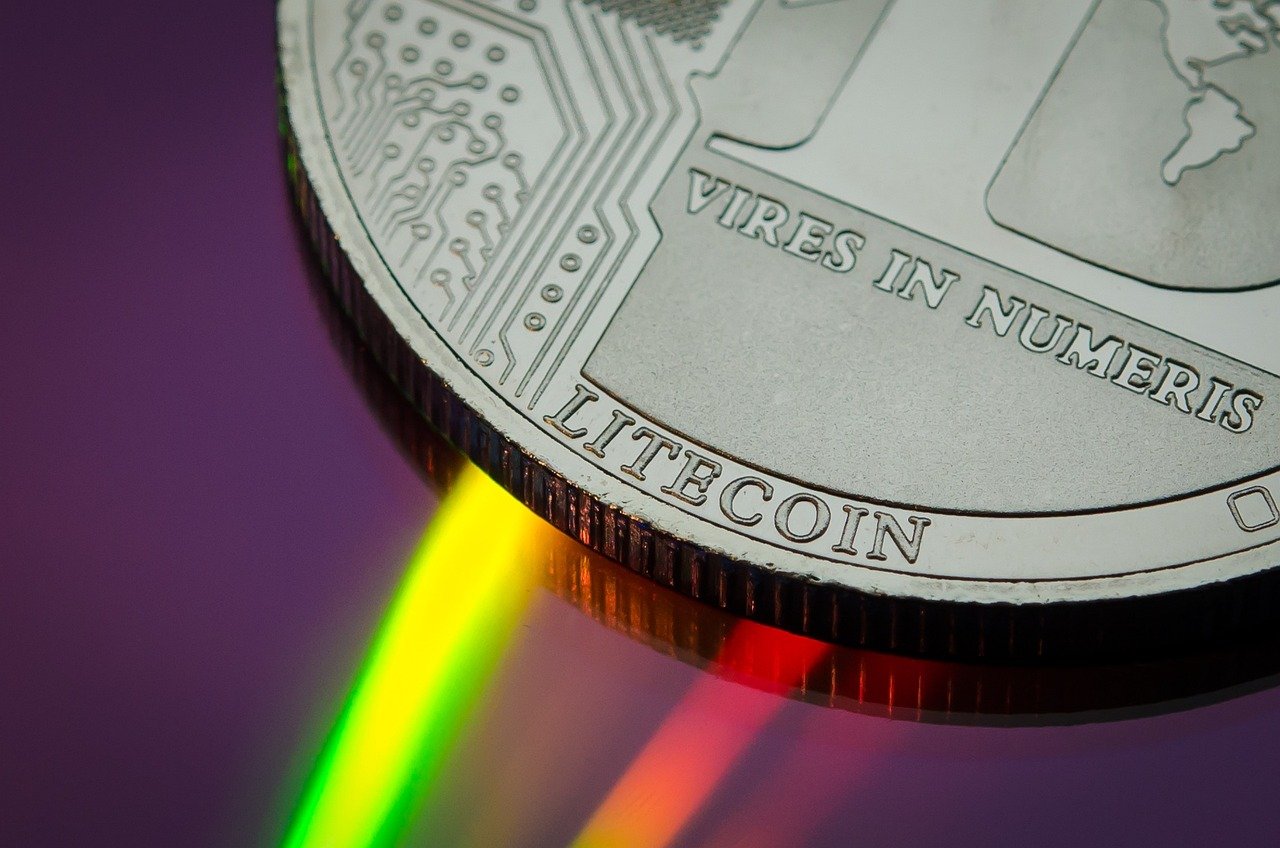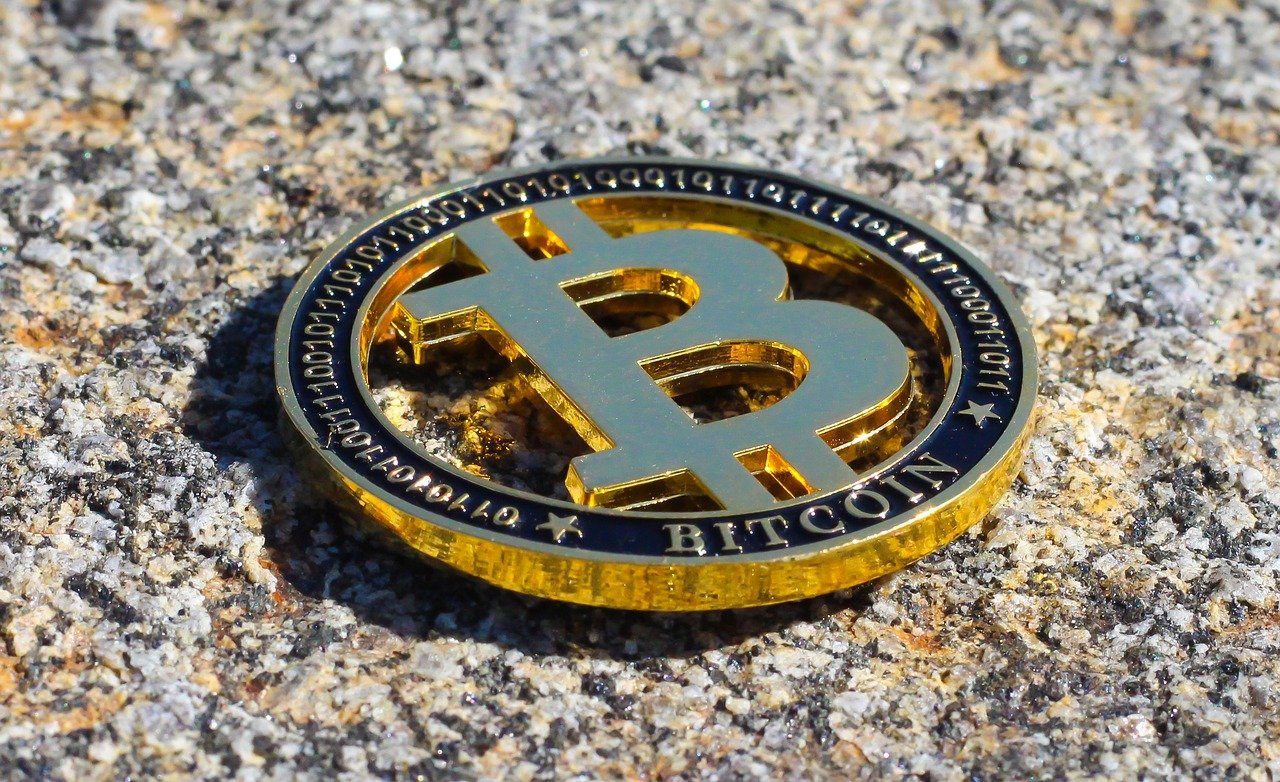Rise of Yield Aggregators
Yield farming, which involves generating rewards through strategies such as liquidity farming, lending, and staking has evolved into a more advanced strategy known as yield aggregation. In yield aggregation, smart contracts automatically reallocate the user’s assets across multiple DeFi protocols to achieve the highest possible returns. Yearn Finance is a DeFi platform that pioneers this strategy, providing a strategic advantage to investors by automating the process and optimizing returns across various protocols.
Yield aggregators like Yearn Finance, Beefy Finance, and Convex Finance have gained popularity for automating traditional yield farming, optimizing returns, and reducing the need for manual management.
Yield farming is a new technique to make money in the world of cryptocurrency. It allows users to earn money by lending their digital tokens to other sites. This post will highlight seven significant developments in produce farming and how Ethereum, a prominent blockchain, is contributing to these improvements.
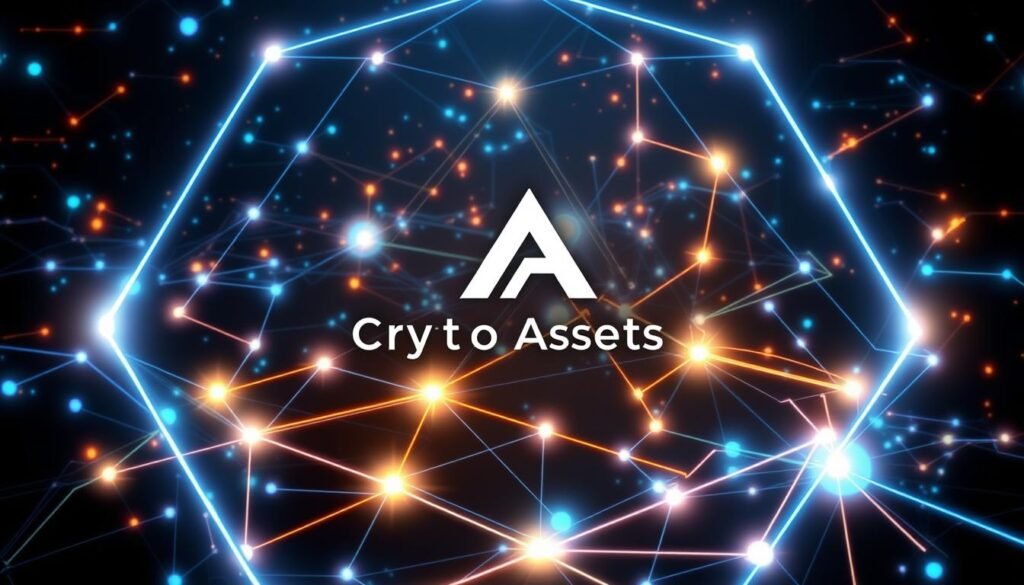
What is Yield Farming?
Yield farming is similar to putting your money in a bank to earn interest. Yield farming involves locking up your cryptocurrency on a platform to collect incentives. You offer liquidity, which means you ensure that the platform has enough coins for trade. In return, you receive tokens that may be used to make additional money.
1. Layer Two Solutions
Layer 2 solutions have shown a significant shift in yield farming. Ethereum might be expensive to use because to its hefty fees. Layer 2 solutions help to reduce these fees by moving transactions away from the main Ethereum network.
Benefits:
This makes high-yield farming more affordable and accessible to a larger population. Users can finish transactions much more quickly.
Examples include a popular Layer 2 solution that enables token farming with cheaper fees. Another alternative for processing transactions fast and inexpensively.
2. Cross-Chain Yield Farming.
Cross-chain yield farming enables users to earn incentives on many blockchains. This implies you may farm tokens not only on Ethereum, but also on other networks.
Benefits: Invest in many platforms to lessen risk. Users may discover new initiatives to invest in.
Examples include a network that supports trade and farming over many blockchains. A platform that allows users to effortlessly trade tokens across several networks.

3. Automatic Yield Farming
Automated yield farming employs technology to assist people earn more without having to continually check. These systems automatically transition between different agricultural possibilities to maximize earnings.
Advantages: No need for daily monitoring once set up. Automated systems respond fast to market fluctuations.
Examples include a platform that optimizes investments automatically. Another service that completes the task for you.
4. Liquidity Mining Incentives.
Liquidity mining allows initiatives to recruit users by paying prizes. When you supply liquidity, you might receive unique tokens from the project.
Benefits: Participating in these programs might lead to significant earnings. Token distribution enables projects to build a devoted user base.
Examples include a decentralized exchange that pays people who provide liquidity. Offers distinct incentives to liquidity providers.
5. Yield Aggregators.
Yield aggregators are systems that pool funds from several customers to optimize profits. They manage investments across many protocols to guarantee that users get the most.
Benefits: Participation is open to anybody, regardless of expertise. By combining resources, these platforms can identify greater prospects.
Examples: Automatically reinvests earnings to increase earnings potential.
Concentrates on maximizing stablecoin farming.
6. NFTs in Yield Farming.
Non-fungible tokens (NFTs) are unique digital assets that are currently being employed in yield farming. Some initiatives allow users to receive prizes by submitting NFTs as collateral.
Benefits: NFTs can increase the value of your assets. Using NFTs makes yield farming more engaging.
Examples include yield farming using NFTs, enabling users to profit via collectibles. Invests in NFTs for yield farming, allowing gamers to profit while playing.
7. Governance Tokens
Governance tokens let users participate in the projects they support. Holders of these tokens can vote on crucial platform decisions.
Benefits: Users feel more engaged when they can affect the project. Governance tokens may rise in value, offering additional incentives.
Users can earn COMP tokens by providing liquidity and use them to vote on improvements. Holders of AAVE tokens can participate in governance decisions.

The Technology Behind Yield Aggregation
Yield aggregators operate using two strategies. One strategy is allocating users’ assets across the most profitable DeFi protocols that offer the highest APY. The second strategy is reinvesting the rewards into new yield opportunities or previously used DeFi protocols. Yield aggregators may also strategically reallocate assets to capitalize on better yield opportunities, generating significantly higher rewards compared to traditional yield farming. Yield aggregation can be done manually, but it requires users to spend hours searching for profitable yield farms, along with additional time for reallocation and reinvestment of assets. Yield aggregators simplify and automate this process, saving time while maximizing profits.
Yearn Finance uses complex smart contracts known as vaults, built using the Solidity programming language. When users deposit assets in Vaults on Yearn Finance, they receive yTokens, representing their assets and accumulated interest (rewards), which can be redeemed later. Yearn Finance also integrates with other DeFi protocols, and once it identifies the best yield opportunities, its smart contracts deposit users’ assets into platforms like Compound, Aave, and Curve. However, the multiple options available on the platform may overwhelm certain users, especially those new to yield farming.
Other yield aggregators, like Beefy Finance, also operate using similar technologies and strategies. A common feature among them is that they use smart contracts to deploy users’ assets across different DeFi protocols and may also use data feeds, such as those provided by Chainlink, for decision-making. While the underlying strategies employed by these platforms might be similar, the rewards generated from yield aggregation are often time-sensitive, as APY rates fluctuate. Another thing to keep in mind is that the combination of DeFi protocols where assets are deposited is not fixed and depends on liquidity pools or lending assets currently offering the highest APY.
How Ethereum Blockchain Powers the Yield Farming Ecosystem
Yield aggregators such as Yearn Finance and Harvest Finance are built on the Ethereum blockchain and rely on Ethereum’s smart contract infrastructure. Yearn Finance’s smart contracts, coded using the Solidity programming language, automate the process of asset deployment across various DeFi platforms. Ethereum’s ability to handle multiple transactions enables Yearn Finance to manage large volumes of assets across several DeFi protocols efficiently. These smart contracts also benefit from Ethereum’s transaction processing speed and scalability.
Importantly, there is no single point of failure, as the smart contracts securely execute transactions on the Ethereum blockchain. This ensures true decentralization, with no centralized entity controlling the transactions, since they are executed by smart contracts on a blockchain.
The future of yield aggregators is closely tied to the Ethereum blockchain. Ethereum provides the essential smart contract functionality needed for the automated, fast allocation, reinvestment, and compounding of large volumes of assets across multiple DeFi protocols. Without Ethereum’s transaction processing capabilities and scalability, a yield aggregator built on a less efficient blockchain may struggle to execute simultaneous transactions at the required speeds, leading to missed opportunities, especially as APY rates fluctuate over time.
Concluding Remarks
Yield aggregation has become a popular strategy offered by platforms that integrate with multiple DeFi protocols. These yield aggregators deploy users’ assets and auto-compound rewards across several platforms to generate the highest possible returns. The essential technologies that enable this process are smart contracts and real-time data feeds. Since the functionality and efficiency of smart contracts are largely dependent on the capabilities of the underlying blockchain, the future of yield aggregators is closely tied to the future of the underlying blockchain. Ethereum currently powers most DeFi platforms, especially yield aggregators.
The future of yield farming is bright, with several intriguing developments. The yield farming environment is changing, from Layer 2 solutions that save money to cross-chain farming that opens up new prospects. Ethereum remains a major participant in these developments.
As yield farming grows easier and more user-friendly, more individuals are likely to participate. Staying up to date on these advancements can help you capitalize on new prospects in yield farming. Whether you are new to cryptocurrency or have some expertise, the future of yield farming promises an exciting path!

